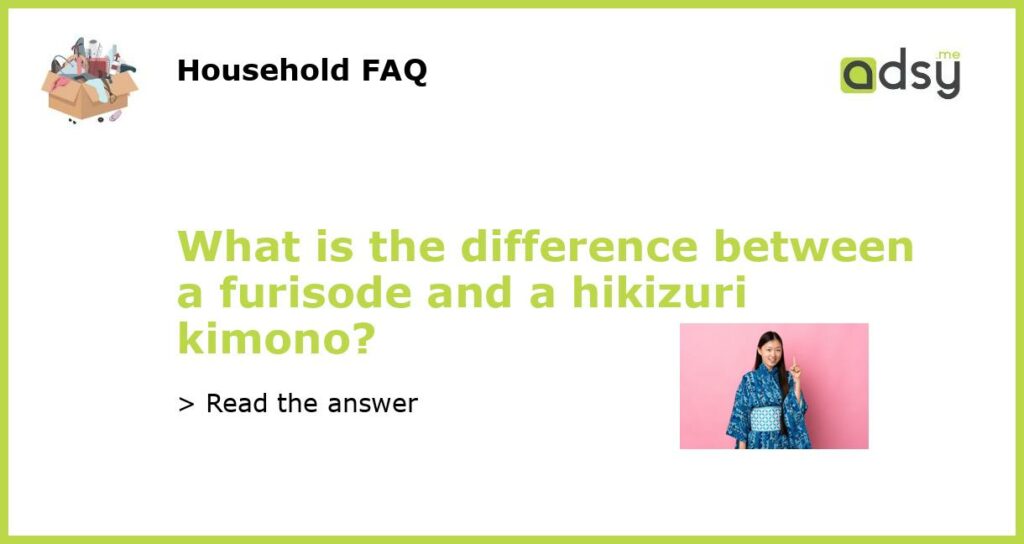Furisode vs Hikizuri Kimono: Understanding the Key Differences
For many people, the Japanese kimono is a symbol of elegance, tradition, and culture. However, not many people are aware of the different types of kimonos that exist and the unique features that set them apart. Two of the most popular kimono types are furisode and hikizuri kimono. Although these two are both worn on special occasions, there are some distinct differences between them.
What is a Furisode Kimono?
Furisode kimono is a type of traditional Japanese kimono worn primarily by unmarried women. They are characterized by their long sleeves that are almost as long as the garment itself. The sleeves make up more than half of the length of the kimono and can be as long as 114 cm. Another notable feature is that the furisode kimono is adorned with a lot of patterns, intricate embroidery, and decorations. The design typically covers the entire garment and is much more elaborate than other types of kimonos.
What is a Hikizuri Kimono?
Hikizuri kimono is another type of traditional Japanese kimono, but one that is worn by women of all ages, including married women. The main difference between hikizuri and furisode kimono is the length of the sleeves. The sleeves on a hikizuri kimono tend to be shorter, only measuring up to 70 cm. Additionally, hikizuri kimonos have a trailing hem and a more subdued design compared to furisode kimonos. This is because they are typically worn for formal events like tea ceremonies and wedding parties.
Which One Should You Wear?
The choice between a furisode kimono and a hikizuri kimono largely depends on the occasion and your personal style. Furisode kimonos are usually worn on formal occasions such as weddings, tea ceremonies, and formal parties. On the other hand, hikizuri kimonos are more versatile and can be worn to a variety of events, including weddings and graduations. Remember, the length of the sleeves should also be considered. Furisode kimono sleeves can be a hindrance, especially when eating or drinking, so hikizuri kimonos may be more practical for certain events.
How to Care for Your Kimono
Whether you choose a furisode or hikizuri kimono, taking care of it is important to ensure longevity and preservation of its beauty. Kimonos should always be hand-washed in cold water with mild soap and hung out to dry in the shade. Do not tumble dry or iron the kimono. Instead, use a steamer to remove wrinkles. It is also important to store your kimono properly. Keep it in a cool, dry place, away from direct sunlight, and do not fold the kimono for extended periods of time to avoid creases and damage to the fabric.






